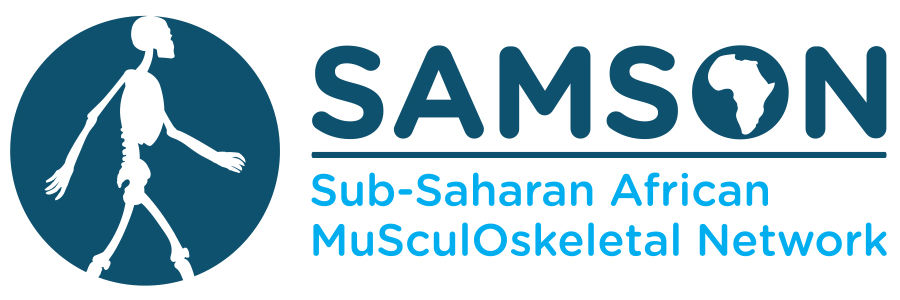Studies
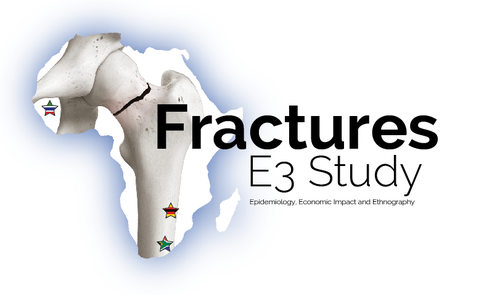
Fractures in Sub-Saharan Africa: Epidemiology, Economic Impact and Ethnography
The FRACTURES-E³ Study
In South Africa, Zimbabwe and The Gambia we will establish how frequently two key age-related fractures occur: spine fractures (the commonest) and hip fractures (the most life-challenging). We will assess recovery, disability and death rates following hip fracture, and identify factors that improve outcomes for patients. We will calculate how much fractures cost health services now and in the future.
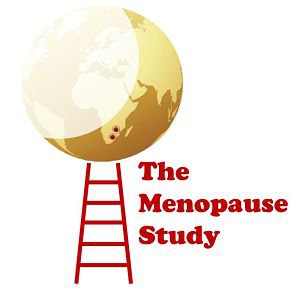
Understanding the impact of HIV infection and its treatment on the effect menopause has on the musculoskeletal health of African women
The Menopause Study
The menopause is a period of rapid skeletal change which increases fracture risk. Research has seldom focussed on African woman at this stage of life. Understanding mechanisms of bone loss in the context of HIV infection will help inform interventions and guidelines.
The IMpact of vertical HIV infection on child and Adolescent Skeletal development in Harare, Zimbabwe
The IMVASK Study
This study aims to determine the impact of HIV infection on bone density (BMD) in peri-pubertal children established on ART. 300 HIV-infected children established on ART and 300 HIV-uninfected children aged 8-16 years will be recruited into a frequency-matched prospective cohort study.
The effect of HIV and its treatment on trabecular and cortical bone architecture in children, adolescents and premenopausal women
This study aims to understand the effect of chronic HIV infection and its treatment on trabecular and cortical bone architecture at different time points through the life course in two independent cohorts from sub-Saharan Africa. The cohort is of children and adolescents followed up for 12 months, and the second of premenopausal women followed up for 24 months.
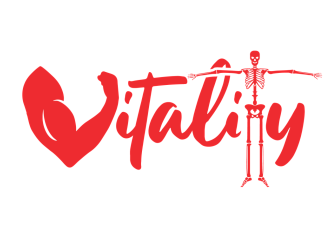
VITamin D for AdoLescents with HIV to reduce musculoskeletal morbidity and ImmunopaThologY (VITALITY): an individually randomised, double-blinded placebo-controlled trial
The VITALITY Study
We will conduct a trial to evaluate the efficacy of high-dose vitamin D3 plus calcium carbonate in improving the musculoskeletal health of children living with HIV infection in sub-Saharan Africa.
The Gambian Bone Ageing Study
The GamBAS Study
GamBAS is a prospective study of musculoskeletal ageing in a rural, subsistence farming population from The Gambia, West Africa. It is the largest, most detailed study of musculoskeletal ageing in Sub-Saharan Africa.
The Pregnancy Study Child Cohort
The PS-Child Study
The PS-Child cohort is a prospective growth cohort in children whose mothers received calcium supplementation from 20-weeks pregnancy to term (ISRCTN96502494). In the main trial, there were no effects of Ca supplementation on offspring birth weight, length, anthropometry, or, on whole body bone mineral content in a subset of infants. At age 8-12 years, we incepted a growth cohort in the offspring of these mothers.
Womens Bone Study - South Africa
The WBS Study
A longitudinal study of urban South African pre-menopausal women with and without HIV-infection. The aim was to determine the effects of HIV-infection and ART over time on change in bone mass, body composition, vitamin D status and markers of calcium and phosphorous metabolism at 12- and 24- months after ART initiation.
Diversity of Peripheral Skeletal Phenotypes in Sub-Saharan AFrica: Growth and Development in two adolescent cohorts
Adolescent growth in Gambia and South Africa
A comparison of skeletal development in two, contemporaneous adolescent cohorts, the Birth-to-Twenty Bone Health cohort (South Africa) and the Bakkery Dibba Study (The Gambia).
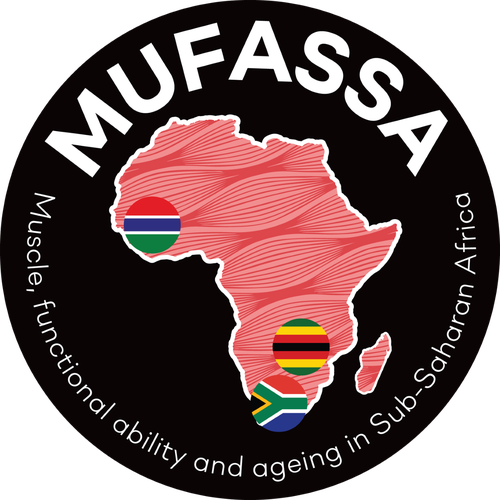
The Musculoskeletal Functional Ability in three diverse Sub-Saharan Africa populations
MUFASSA
<p>MUFASSA aims to assess muscle strength and function to understand healthy ageing in The Gambia, South Africa and Zimbabwe.</p>
